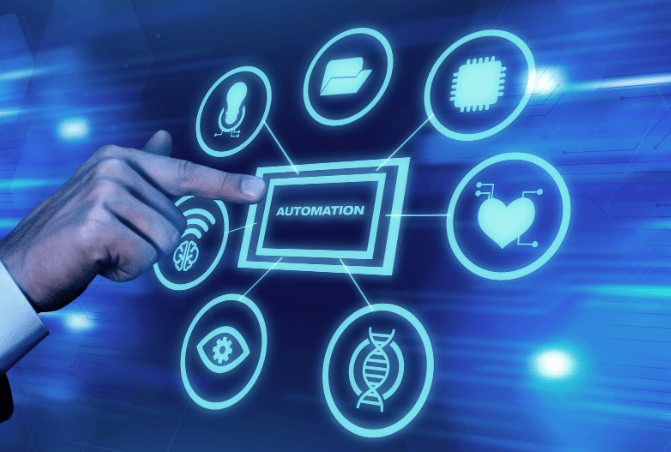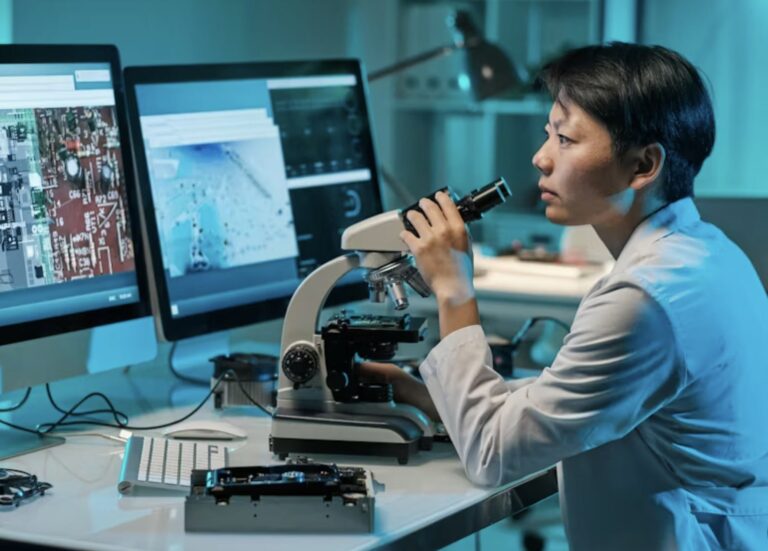
The automotive industry is experiencing an unprecedented technological revolution that extends far beyond traditional mechanical upgrades. Modern vehicles have transformed into sophisticated digital platforms, fundamentally changing how drivers interact with their automobiles and what they expect from vehicle enhancements. This shift represents one of the most significant periods of innovation in automotive history, with technology serving as the primary catalyst for both performance improvements and lifestyle upgrades.
The Rise of Connected Vehicle Systems
Connected car technology has emerged as one of the most transformative forces in modern vehicle upgrades. Analysts predict that in 2024, 72% of passenger vehicles worldwide will be “connected cars,” meaning that they are part of the Internet of Things (IoT), with an internal computer that can send and receive data, as well as communicate with other software systems. This connectivity revolution has created a massive market opportunity, with the connected car market evaluated at a valuation of $97.19 billion in 2024 and projected to expand at a CAGR of 14.91% to reach $390.23 billion by 2034.
The integration of IoT technology into vehicles has enabled real-time communication between cars and external infrastructure, creating unprecedented opportunities for safety improvements, traffic management, and personalized driving experiences. Vehicle owners can now receive over-the-air software updates that enhance functionality, much like smartphone applications, making their cars more capable over time without requiring physical modifications.
Advanced connectivity features have become standard expectations rather than luxury additions. In Q3 of 2023, two-thirds of cars sold globally featured embedded connectivity and by 2030, more than 90% of connected cars sold will have 5G embedded connectivity. This rapid adoption demonstrates how technology has fundamentally changed consumer expectations for vehicle capabilities.
Electric Vehicle Technology and Infrastructure
The electric vehicle revolution represents another crucial aspect of technology-driven vehicle upgrades. In 2024 electric vehicles are expected to dominate the automotive market more than ever before. With major automakers investing heavily in the development of electric platforms, EVs are becoming more accessible, affordable, and technologically advanced. This shift has created new opportunities for vehicle enhancement, from advanced battery management systems to sophisticated charging infrastructure integration.
Electric vehicle technology has introduced entirely new categories of upgrades and modifications. Battery technology improvements, charging port installations, and energy management systems have become focal points for vehicle enhancement. The infrastructure supporting electric vehicles has also evolved rapidly, with smart charging stations and home energy management systems becoming integral components of the modern electric vehicle ownership experience.
Advanced Driver Assistance Systems
Safety technology has become a mandatory component of modern vehicle upgrades. According to this regulation, starting from 2024, the following features become compulsory: Advanced Driver Assistance Systems (ADAS), Enhanced crash test standards, Protection of pedestrians and cyclists, Intelligent speed assistance, Data recording. These requirements have accelerated the adoption of sophisticated sensor arrays, artificial intelligence systems, and automated safety features across all vehicle categories.
The integration of ADAS technology has created new opportunities for aftermarket upgrades and factory enhancements. Cameras, radar systems, lidar sensors, and advanced computing platforms have become essential components of modern vehicle safety systems. These technologies work together to provide features such as automatic emergency braking, lane-keeping assistance, and adaptive cruise control, fundamentally changing the driving experience.
Traditional Upgrades Enhanced by Technology
While high-tech systems dominate modern vehicle enhancement discussions, traditional upgrades have also benefited significantly from technological advancement. Spray-in bedliner and truck accessories represent an excellent example of how conventional vehicle modifications have evolved through technological innovation. Modern spray-in bedliners now incorporate advanced polymer chemistry, creating more durable, flexible, and aesthetically pleasing protective coatings than ever before. These technological improvements extend the lifespan of truck beds while providing better grip and impact resistance.
Traditional accessories like tonneau covers, running boards, and cargo management systems have similarly embraced technological enhancement. Smart tonneau covers now feature automated opening and closing mechanisms controlled through smartphone applications. LED lighting systems have revolutionized auxiliary lighting options, providing better illumination while consuming less power. These improvements demonstrate how technology has enhanced even the most fundamental vehicle modification categories.
Consumer Adoption Patterns and Market Trends
Consumer behavior regarding vehicle upgrades has shifted dramatically due to technological advancement. Nearly a fifth of Americans intend to buy a certified pre-owned or used car (18%) and 14% intend to buy a new car. This preference for pre-owned vehicles has created increased demand for technological upgrades that can modernize older vehicles with contemporary features.
The aftermarket has responded by developing retrofit solutions that bring modern connectivity, safety features, and performance enhancements to existing vehicles. These solutions allow owners to extend the useful life of their vehicles while incorporating the latest technological innovations without purchasing entirely new automobiles.
Future Implications and Market Growth
The integration of technology into vehicle upgrades represents just the beginning of a broader transformation. Autonomous driving and electrification are changing the automotive industry irrevocably. In addition to these megatrends, connected and software defined vehicles have recently shown opportunity for new and lucrative revenue streams, while in-cabin sensing is set to evolve automotive safety.
This technological evolution suggests that future vehicle upgrades will increasingly focus on software-based enhancements, artificial intelligence integration, and seamless connectivity with broader digital ecosystems. The traditional boundaries between automotive mechanical systems and consumer electronics continue to blur, creating new opportunities for innovation and customization.
The role of technology in today’s vehicle upgrades extends far beyond simple feature additions. It has fundamentally restructured how vehicles are designed, manufactured, and enhanced throughout their operational lives. As connectivity, electrification, and automation continue to advance, the automotive industry will likely see even more dramatic changes in how vehicles are upgraded and modified to meet evolving consumer needs and regulatory requirements.




